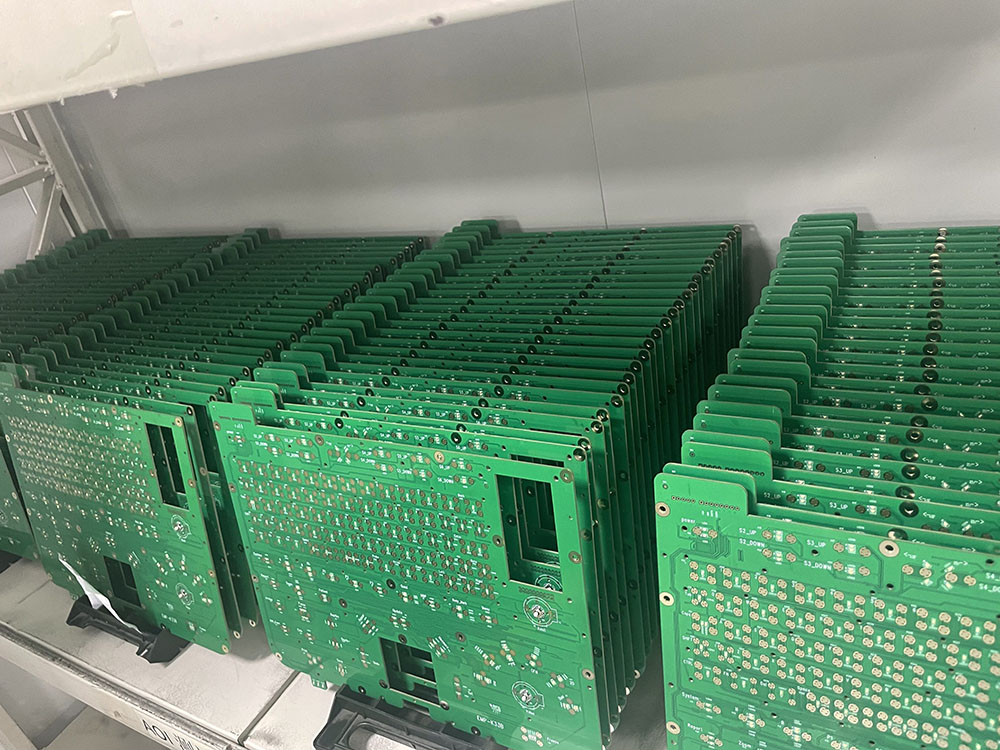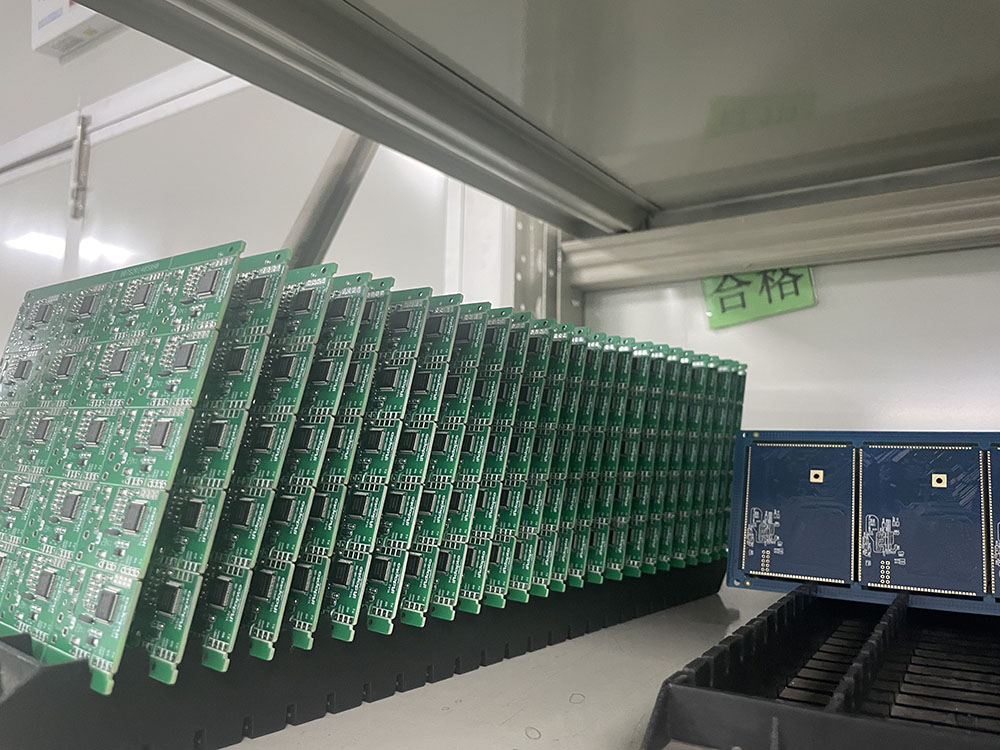In the SMT surface mount assembly process, residual substances are produced during the PCB assembly soldering caused by the flux and solder paste, which include various components: organic materials and decomposable ions. The organic materials are highly corrosive, and the residual ions on the solder pads can cause short-circuit faults. Additionally, many residual substances on the PCBA board are relatively dirty and do not meet the cleanliness requirements of the end user. Therefore, it is inevitable to clean the PCBA board. However, PCBA boards should not be cleaned casually, and strict requirements and precautions must be followed when using a PCBA cleaning machine.
Here's a detailed explanation of some common issues during the PCBA board cleaning process:
Firstly, after the assembly and soldering of the printed circuit board components, cleaning should be carried out as soon as possible to completely remove the residual flux, solder, and other contaminants from the printed circuit board (because the residual flux will gradually harden over time, forming corrosive substances such as metal halide salts). On the other hand, during cleaning, it is important to avoid harmful cleaning agents from entering electronic components that are not completely sealed to prevent harm or latent harm to the components.
After cleaning the printed circuit board components, they should be placed in an oven at 40~50°C and baked for 20~30 minutes, and components should not be touched with bare hands before they are completely dry. In addition, the cleaning process should not affect the electronic components, markings, solder joints, and the printed circuit board


Post time: Jan-22-2024

